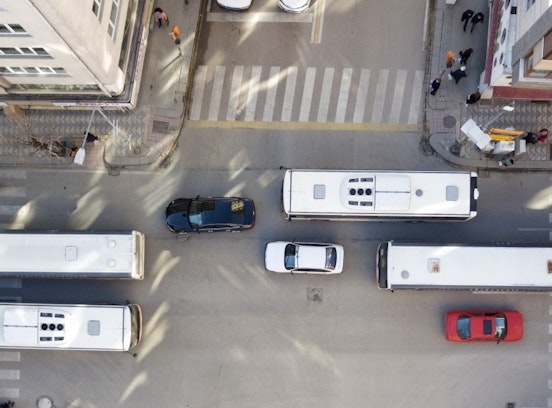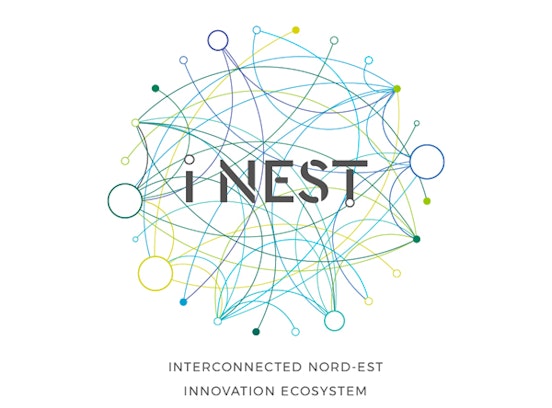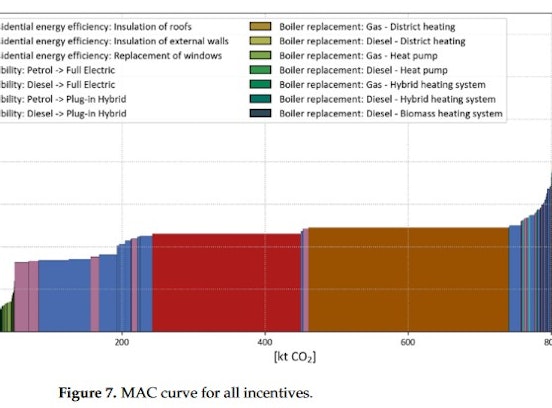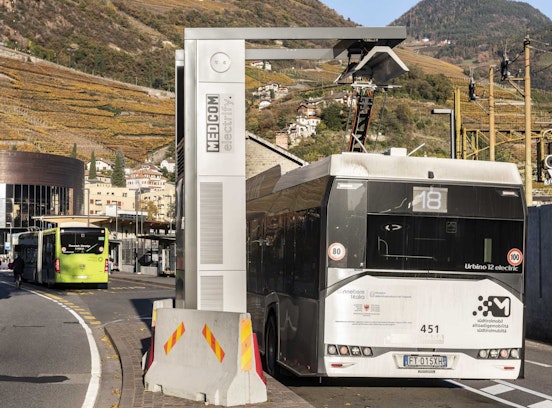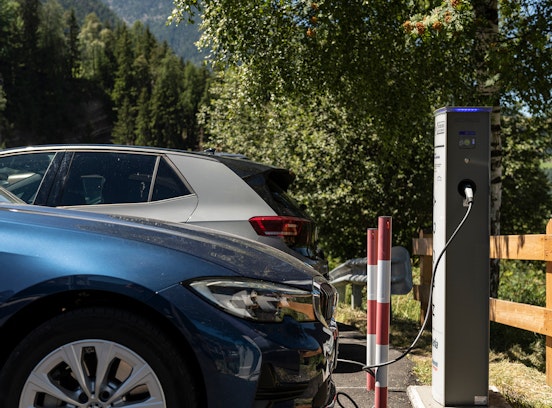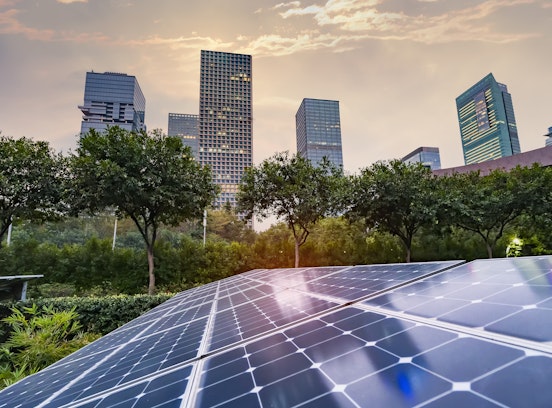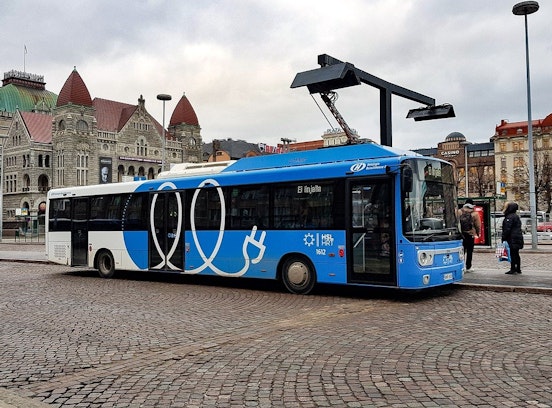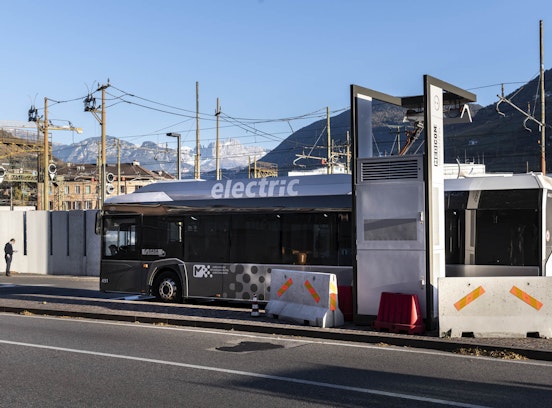Institute for Renewable Energy - News & Events - Decarbonization of the Italian power energy system
Decarbonization of the Italian power energy system
New analysis by Eurac Research investigates the optimal investment strategy in the power system to reach carbon neutrality.
- English
In 2021, the European Commission introduced the Fit-for-55 policy package, setting a target for European countries to reduce their CO2 emissions by 55% compared to 1990 levels by 2030 as a crucial step towards achieving carbon neutrality by 2050. Energy system modeling has emerged as a valuable tool for national policymakers seeking to identify the most efficient technologies to reach these ambitious goals.
Eurac Research experts recently published a new study about this topic on the Journal Environmental Research: The study models the Italian power system, divided into seven market zones, to evaluate the most cost-effective strategy for achieving European decarbonization targets and ultimately reaching carbon neutrality. It uses an expansion capacity optimization to determine optimal investment strategies for different levels of decarbonization. Through this analysis, the tool addresses important research questions such as the path to complete decarbonization and power self-sufficiency in Italy, as well as the role of flexibility assets in power grids - such as li-ion batteries, hydrogen storage, and transmission line reinforcement.
The research is the result of a collaboration between Eurac Research, Politecnico di Milano, and the CMCC Foundation - Euro-Mediterranean Center on Climate Change. The project originated from the master's theses of researcher Alice Di Bella and Federico Canti, conducted at Politecnico di Milano with a research period at Eurac Research.
“This work provides a comprehensive model of the Italian power system with high spatial (7 zones) and temporal (hourly) resolution. It analyzes the pathway towards full decarbonization and power self-sufficiency for Italy. It evaluates where it's most cost-efficient to implement new generation and storage technologies on a regional level. It investigates the potential of power-to-gas in the electricity sector, including a sensitivity analysis on hydrogen blending ratios” says Matteo Giacomo Prina, co-author of the study.
The findings suggest that a 55% reduction in CO2 emissions within the Italian power sector is feasible, with a 30% increase in total annual system costs. Achieving full decarbonization and self-sufficiency entails a significant rise in annual expenditures, although cost mitigation strategies could be implemented through sector coupling methodologies or the adoption of a wider array of technological solutions. It becomes evident that flexibility measures, including the expansion of transmission lines, are crucial for decarbonization efforts, particularly in facilitating the transfer of renewable electricity from Southern regions to meet the demand in Northern Italy.
